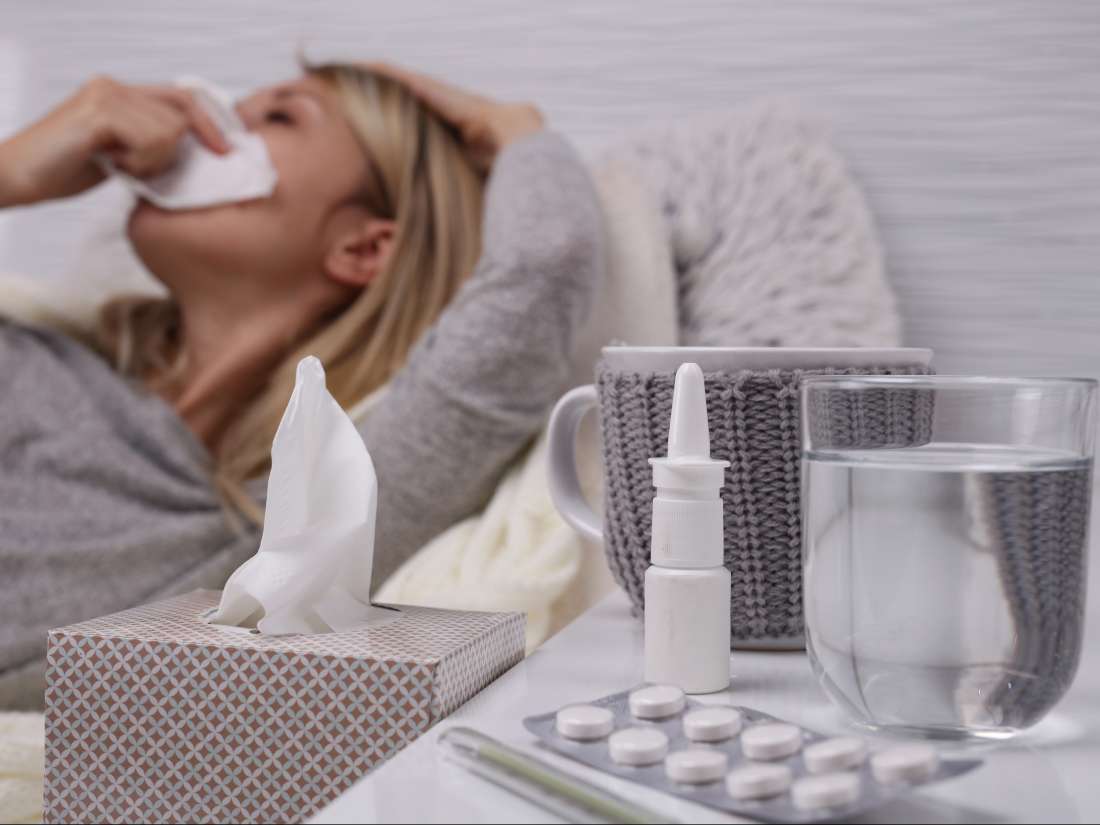

This term includes a wide range of lung disorders that don’t go away or worsen over time. You’ll need antibiotics to treat bacterial pneumonia. The tiny grape cluster-like air sacs at the tips of your breathing tubes can swell and fill up with fluid. Pneumonia starts with tissue swelling in one or both of your lungs. Sometimes the color can be a tip-off of the type of bacteria that caused the illness. The mucus might be yellow, green, red, brown, or rust-colored.

If your symptoms don’t go away and your doctor strongly suspects a bacterial infection, they may prescribe an antibiotic.Ī dry cough that brings up thick phlegm is one of the main symptoms of pneumonia. You can run a vaporizer, stand in a hot shower, or hover over a steam tent over hot water. Your doctor might suggest ways to thin out your mucus to make it easy to cough up. Other signs are a fever, tiredness, shortness of breath, a sore throat, and a stuffy nose.īronchitis usually goes away on its own. The mucus can range from clear to cloudy, brown, yellow, or green. If you have it, you’ll first notice a cough. But it also can be brought on by bacteria, an irritant such as smoking, an allergy, or certain chemicals. Viral infections are the most common cause of acute bronchitis. This is when the linings of your bronchial tubes, the air passageways in your lungs, get inflamed. In severe cases, you may need a lung transplant. Treatments for COPD include medications, pulmonary rehab, supplemental oxygen, and surgery to open up blocked pathways. It’ll be stickier and thicker, and there’ll be more of it. If your mucus turns brown, yellow, or green, it can be an early warning sign of a flare-up. You might cough, wheeze, and have trouble breathing. COPDĬhronic obstructive pulmonary disease happens when your lungs get so swollen over time that air can’t flow freely.

It can be a sign of old blood, chronic - ongoing - inflammation, or tar that loosens up after you’ve quit smoking. Here are some reasons why you might get it. The color and texture can vary widely, from clear sticky strings to stretchy yellow messes to thick green clots.īrown phlegm is less common. This gunk is your body’s defense weapon against infectious microbes and allergens that irritate your lungs or sinuses. These are different names for the slimy, slippery stuff that flows out when you cough, sneeze, or sniffle.


 0 kommentar(er)
0 kommentar(er)
